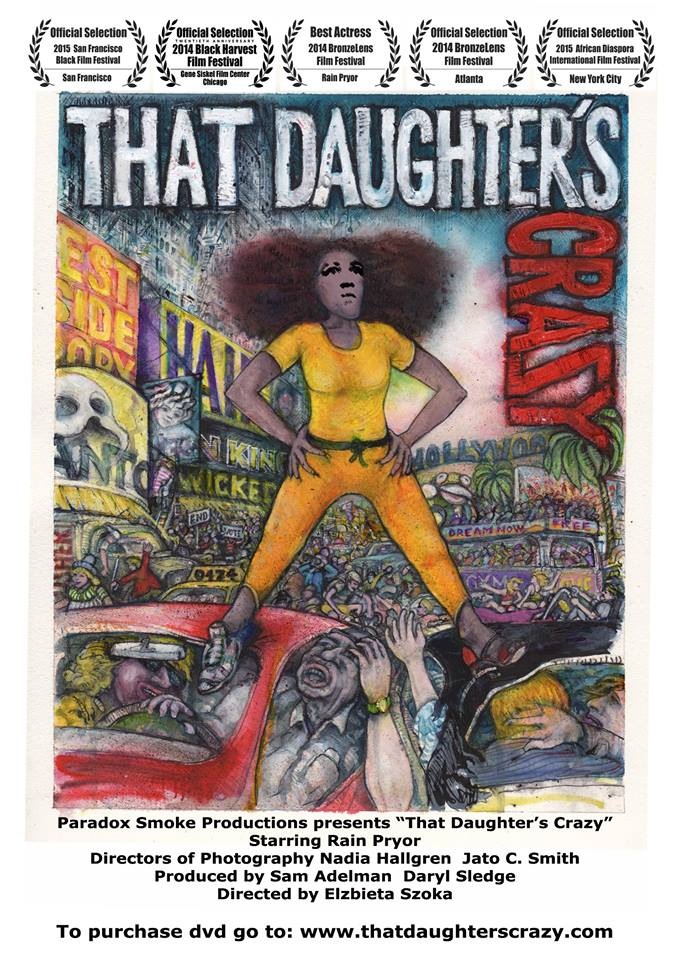Pauline Hopkins and the Death of the Tragic Mulatta
JoAnn Pavletich, Associate Professor of English
University of Houston, Houston, Texas
Callaloo
Volume 38, Number 3, Summer 2015
pages 647-663
DOI: 10.1353/cal.2015.0103
Pauline Elizabeth Hopkins, turn-of-the-century intellectual, editor of the Colored American Magazine, and author of essays, plays, short stories, and four complex novels written in the short span of five years is deservedly celebrated as a writer whose texts attempt to subvert racist social norms and encourage resistance. As Claudia Tate rightly claims, Hopkins’s first novel, Contending Forces, is a “manifesto on the value of fiction to social activism in black America” (170), and in the introduction to Contending Forces, Hopkins herself claims that “[i]n giving this little romance expression in print, I am not actuated by a desire for notoriety or for profit, but to do all that I can in an humble way to raise the stigma of degradation from my race” (13–14). These activist and didactic intentions are borne out in all four of her novels, which offer readers a parade of righteous and pure men and women who do not deserve the “stigma of degradation” and struggle to rise above it. Hopkins’s politically charged novels transmit their arguments through many genres, but most obviously and predominantly through the conventions of the period’s sentimental and domestic literature, which includes an almost obsessive preoccupation with feminine virtue, submissiveness, and piety. Significantly, each of Hopkins’s full-length novels employs these conventions in the context of a mixed-race female protagonist, resulting in a tension between the author’s stated purpose of promoting African American agency and the imperatives that structured sentimentalism. This tension is the focus this essay.
The significance of Hopkins’s mixed-race female protagonists has been a central topic in previous scholarship on her work. The figure of the mulatto, or the tragic mulatta, a stock figure in nineteenth-century sentimental literature, sprung out of that century’s confluence of abolitionist efforts and gender ideologies, emerging alongside and structured by notions of “true womanhood” in antebellum America. As many scholars have observed, this popular and influential trope functioned as an effective vehicle to explore relations between the races. According to Hazel Carby, one of Hopkins’s first and most sensitive critics, “[a]s a mediating device the mulatto had two narrative functions: it enabled an exploration of the social relations between the races … and it enabled an expression of the sexual relations between the races, since the mulatto was a product not only of proscribed consensual relations but of white sexual domination” (xxi–xxii). This literary exploration, however, took place in a specific and limited ideological context where the dominant literary form and the dominant gender ideology were both constituted by notions of “true womanhood.” Thus, while the mulatto functioned as a narrative device, it existed within narratives inextricably tied to the rhetoric of true womanhood.
Separate spheres ideology, later christened the Cult of True Womanhood by Barbara Welter, advanced a regime of purity, piety, submissiveness, and domesticity as the basis for female moral authority. Writers seeking to end slavery or ameliorate racial injustices depicted mixed-race women possessing these characteristics in order to represent Black women as capable of asserting moral authority and participating in civil society. The obvious dilemma presented by this construct, however, is what Shirley Samuels has termed the “double logic of power and powerlessness”: the contradiction between an assertion of female authority and the purity, piety, submissiveness, and domesticity that policed female subjectivity (4). That Hopkins created pure and submissive protagonists and engaged the conventional marriage plot of sentimental literature is not surprising. Given the way in which slavery stripped African American women of maternal and familial rights, Hopkins’s and others’ use of the “seemingly conventional trope of redemptive maternity [and marriage] becomes not so conventional” (McCullough 40). Moreover, as Ann duCille notes, for the black female intelligentsia of the post-Reconstruction era, “marriage was the calling card that announced … civility and democratic entitlement” (30). This democratic entitlement came with a price, however, and this article examines Hopkins’s innovative responses to working within the ideological constraints of her era, while simultaneously attempting to “faithfully portray the inmost thoughts and feelings of the Negro” (Contending Forces 14).
This essay’s analysis of the representational arc of Hopkins’s mixed-race female protagonists…
Read or purchase the article here.



